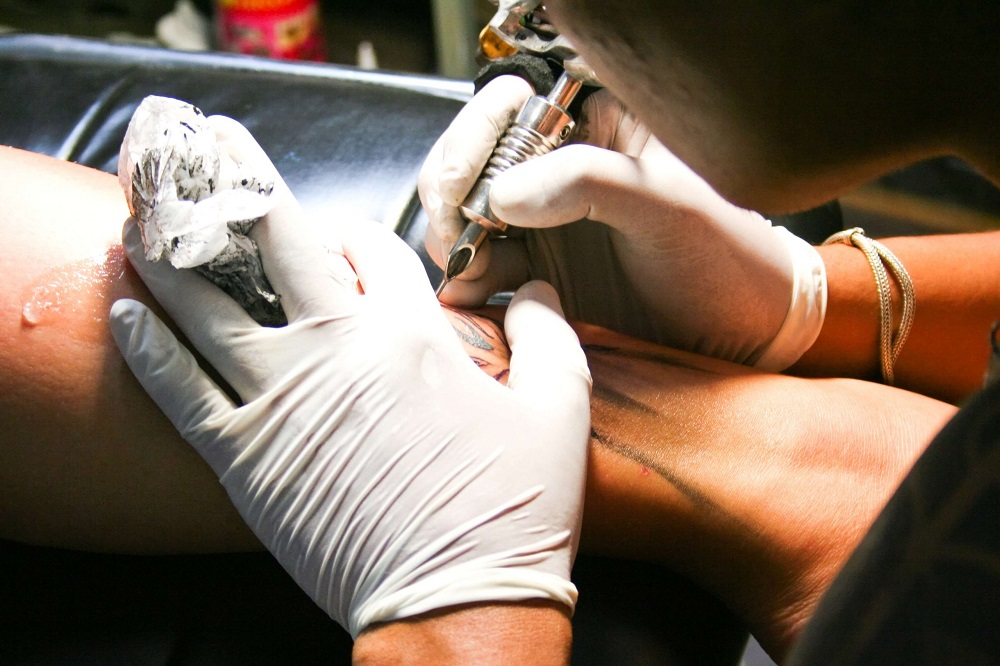Under the direction of licensed therapists or counselors, behavioral therapies involve psychological strategies to modify drinking behaviors. The therapy goals are to https://ecosoberhouse.com/ develop the skills needed to manage your habits, build social support, set and work toward realistic goals, and deal with or avoid things that trigger drinking. “Alcoholism” and “alcohol abuse” are terms people use when referring to alcohol use disorder (AUD), a widespread issue in the United States. It affects 12.1% of males 12 and older and 9.1% of females in the same age group. If AUD is not treated, it can increase your risk for serious health problems. After completing treatment for AUD, it’s possible to have a risk of relapse.
Symptoms of alcohol use disorder
Alcohol use disorder affects many people in the United States. In 2019, 5.6% of people Halfway house ages 18 or older (14.1 million adults) were living with the condition, according to the National Institute on Alcohol Abuse and Alcoholism (NIAAA). Alcohol use disorder involves difficulty with stopping or managing alcohol use, even when it affects your daily life. Many factors can contribute to someone developing alcohol use disorder. Sometimes it can be hard to find the line between alcohol use and misuse.
Excessive alcohol use
- Follow-up within 2 weeks of treatment initiation allows tailoring of the treatment plan to individual needs (e.g., change in dose of pharmacologic treatment, addition of support services).
- If you’re interested in learning more about recovery or are curious about how to help an alcoholic, you’re on the right path simply by exploring your options.
- The good news is that no matter how severe the problem may seem, evidence-based treatment with behavioral therapies, mutual-support groups, and/or medications can help people with AUD achieve and maintain recovery.
Your peers can offer understanding and advice and help keep you accountable. Alcoholism is a common and is alcoholism a mental illness different term for alcohol use disorder. Milder cases — when people abuse alcohol but aren’t dependent on it — are as well.

Next steps

Cognitive–behavioral therapy can take place one-on-one with a therapist or in small groups. This form of therapy is focused on identifying the feelings and situations (called “cues”) that contribute to heavy drinking and managing stress that can lead to a return to drinking. The goal is to change the thought processes that lead to alcohol misuse and to develop the skills necessary to cope with everyday situations that might trigger alcohol misuse. Also known as “alcohol counseling,” behavioral treatments involve working with a health care provider to identify and help change the behaviors that lead to alcohol problems. Common alcohol withdrawal symptoms include tremors, anxiety, insomnia, nausea, and, in severe cases, seizures, and hallucinations. These symptoms typically begin within hours of the last drink, often while a person is sleeping.
